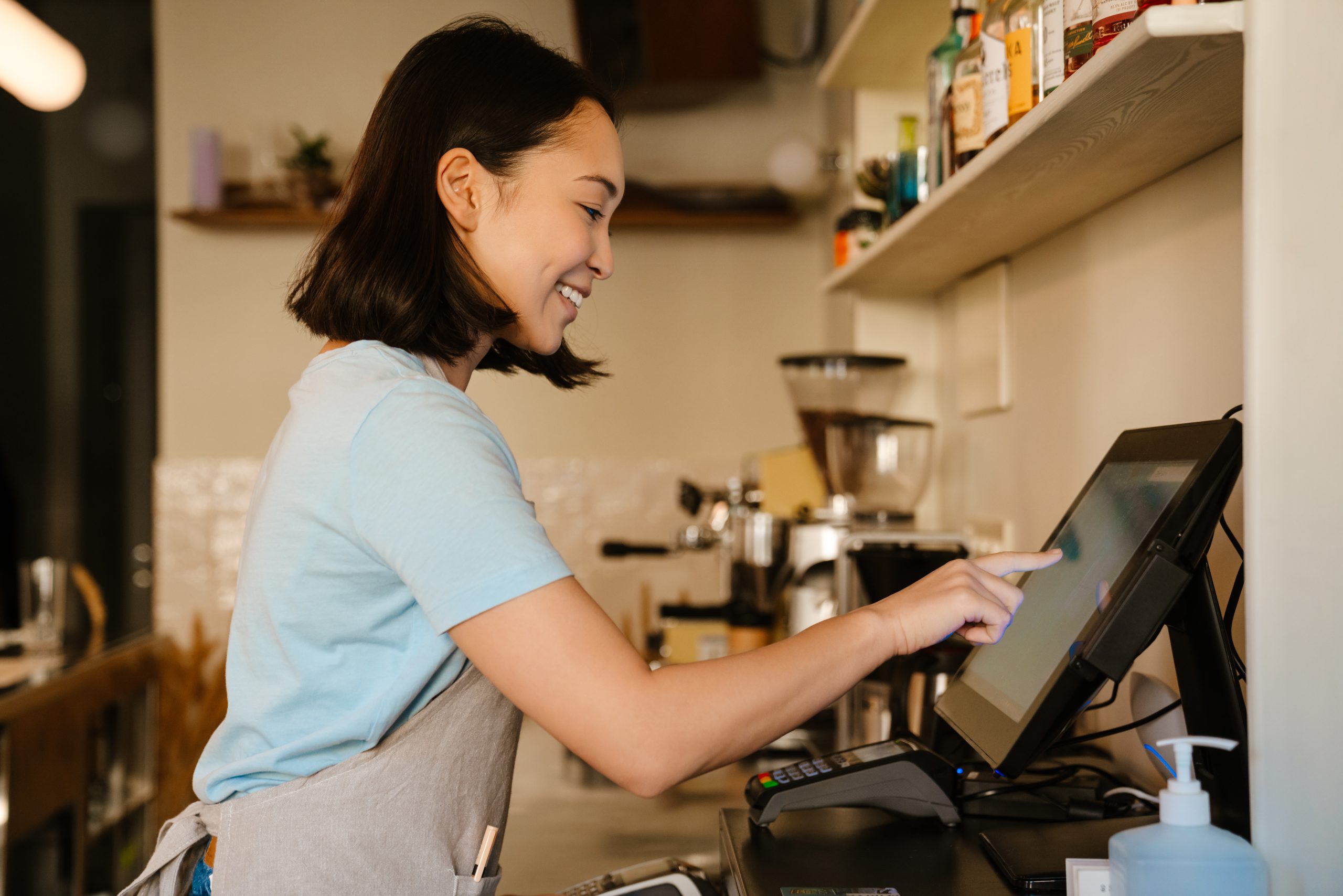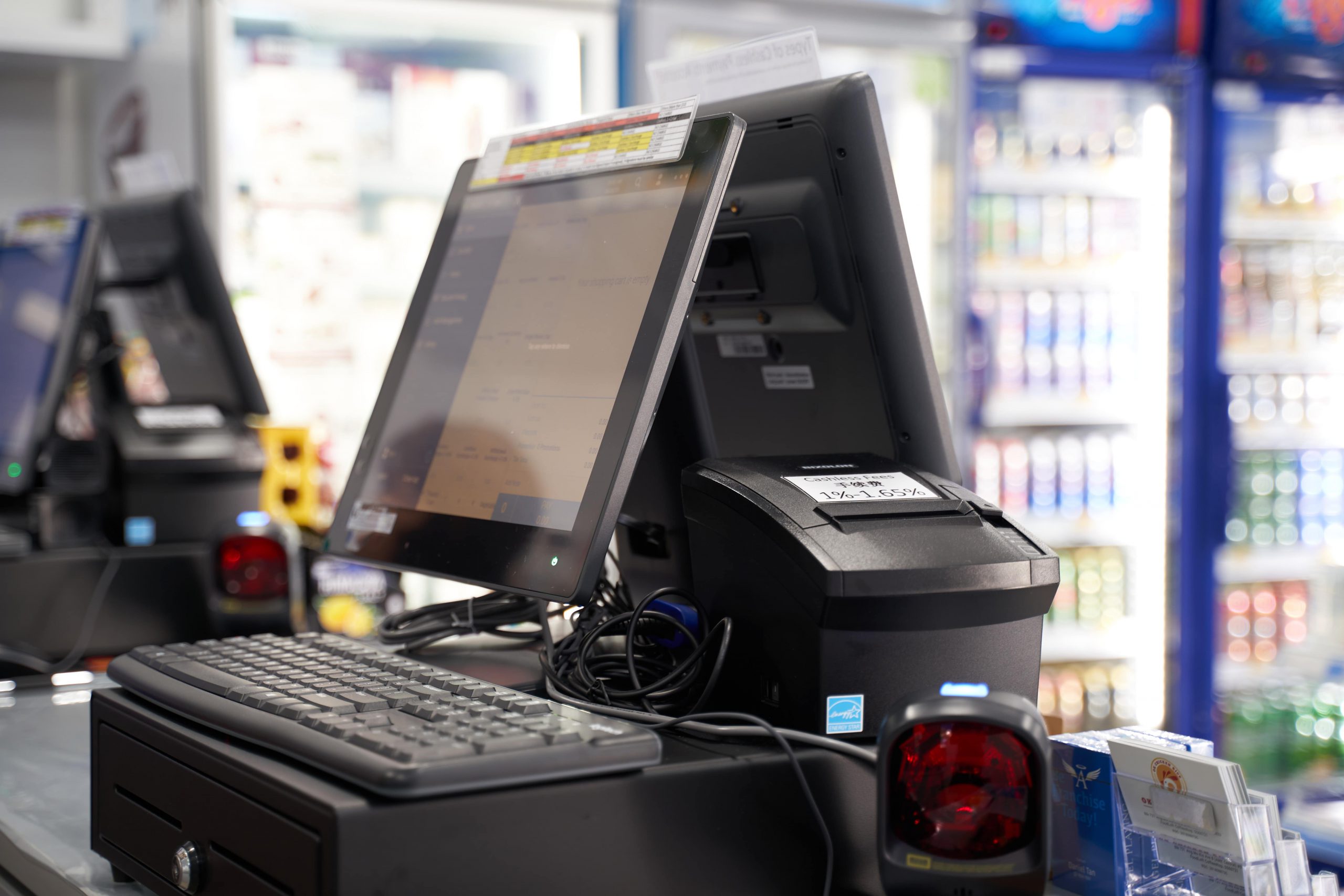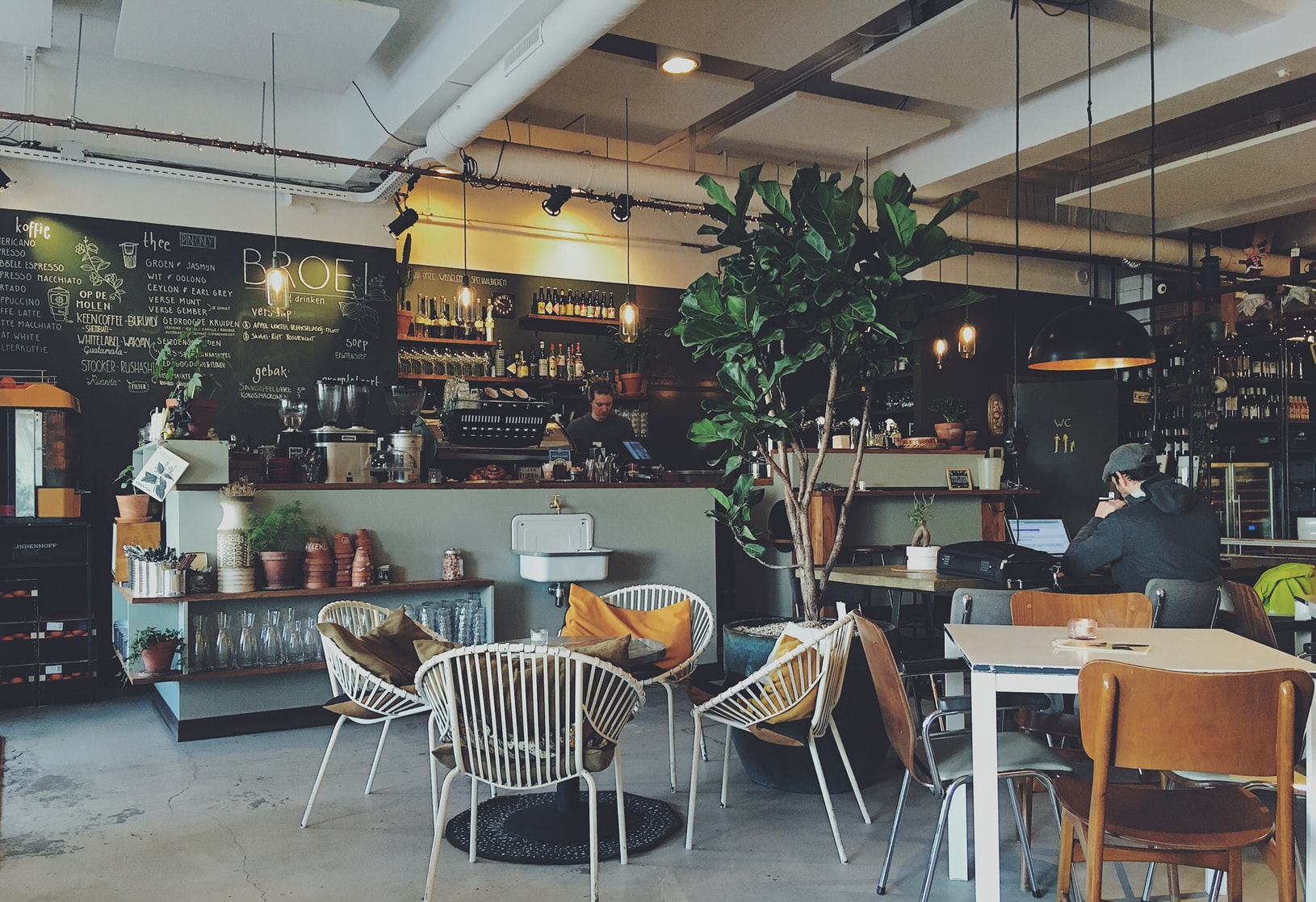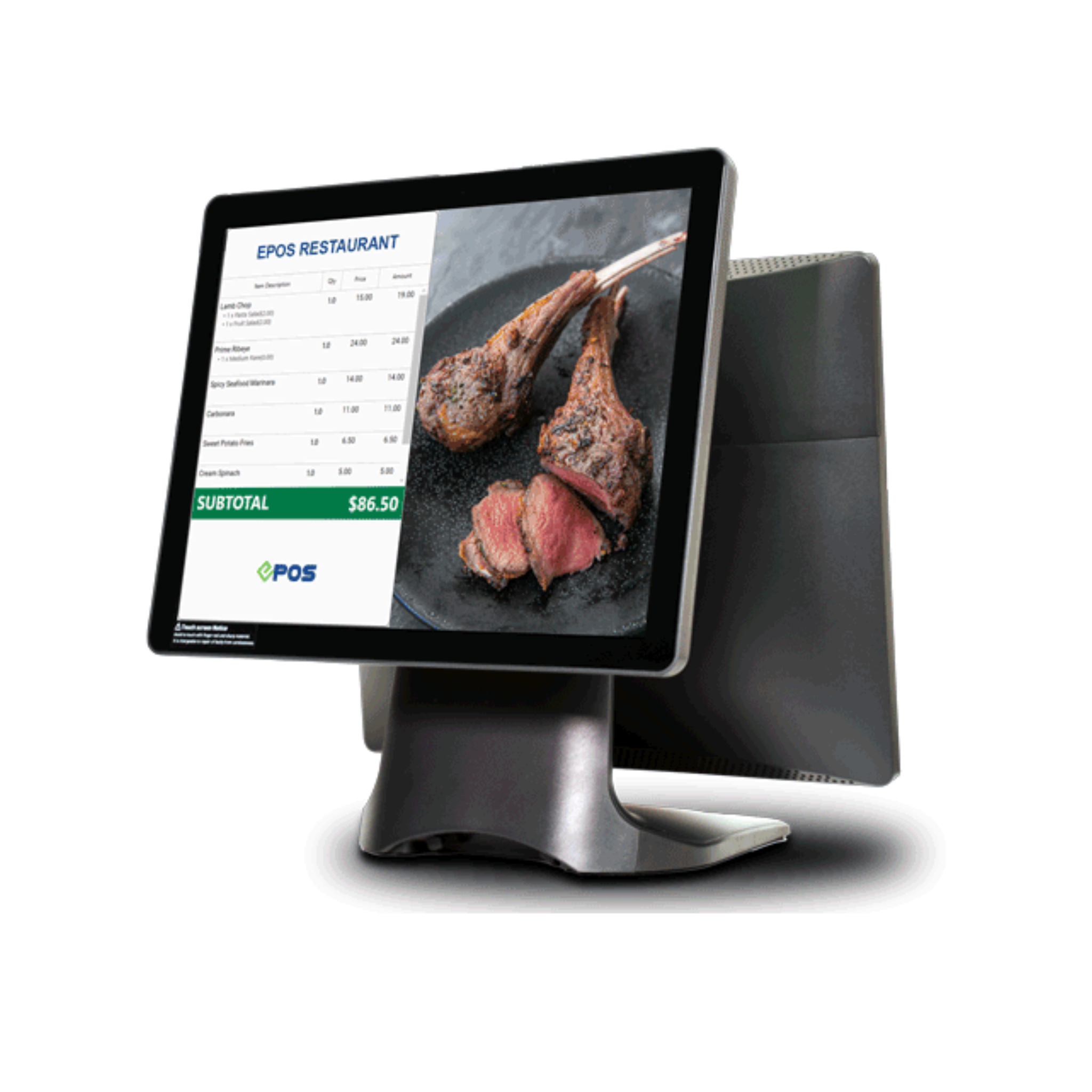Choosing the right F&B POS system is more than replacing a cash register; it’s about streamlining operations, serving customers faster, and driving growth. Whether you’re running a café, restaurant, or hawker stall, here are five must-have features your POS system in Singapore should include.
5 Essential Features Every F&B POS System Needs
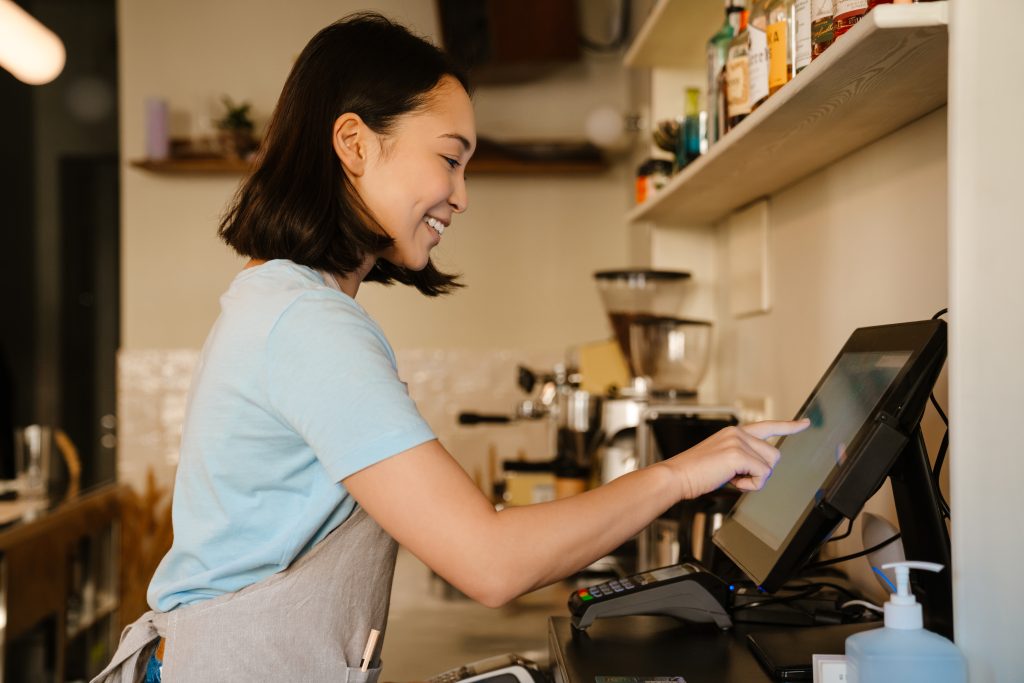
Running a food and beverage business today requires more than good food and friendly service. The backbone of your operations lies in your POS system. Unlike old-fashioned registers, modern F&B POS systems go beyond recording payments; they integrate ordering, promotions, and delivery management into a single hub.
If you’re opening a new restaurant or upgrading your technology, here are five essential features to look for in an F&B POS system in Singapore.
1. Support for Digital and Contactless Payments
The pandemic accelerated digital adoption, and contactless payments have become the norm across Singapore. Today, customers expect to pay with options like Visa, Mastercard, NETS, and PayNow, without relying on cash.
A good F&B POS should:
- Accept multiple cashless methods, including PayNow QR, credit cards, and e-wallets.
- Support dynamic QR codes, which automatically verify payment amounts and status, reducing manual checks.
- Record and sync all transactions instantly for accurate reporting and auditing.
With initiatives like SGQR codes now widely used in hawker centres and food courts, your POS should integrate seamlessly with Singapore’s national payment ecosystem. For smaller enterprises like hawker stalls that want to tap into payment systems like PayNow, the EPOS Soundbox is an excellent solution. When integrated with your POS system, it dynamically generates a QR code and provides instant audio alerts for each successful transaction.
2. QR Ordering and Mobile Ordering
Contactless ordering is no longer just a convenience; it’s a proven way to reduce wait times and staff dependency. By displaying a QR code at each table, you allow customers to browse menus, order, and even pay directly from their smartphones.
Key benefits include:
- Lower labour costs by reducing the need for servers to take orders.
- Fewer order errors, since customers input their selections themselves.
- Faster kitchen prep, as orders flow directly from mobile devices into the POS and kitchen printer.
Some businesses go further by linking QR orders to queue displays or buzzers, letting diners collect food when it’s ready. For fast-moving F&B businesses, this level of automation creates a smoother dining experience.
3. Flexible Promotions, Set Menus, and Happy Hour Pricing
Promotions are vital for attracting diners, filling seats during off-peak hours, and keeping customers coming back. Your F&B POS system should allow you to:
- Schedule set menus or time-based promotions automatically.
- Adjust prices dynamically during meal times or happy hours.
- Launch seasonal promotions aligned with festive periods like Chinese New Year or National Day.
Without automated promotion management, staff risk missing discounts or forgetting to switch menus, which can frustrate customers. A smart POS system ensures these changes happen on time, every time.
4. Reliable Local Technical Support
Even the best POS systems can face downtime, and when they do, every second counts. A system crash during lunch or dinner service can mean lost sales and unhappy customers. That’s why local, responsive technical support is a must.
When evaluating providers, look for:
- A Singapore-based support team, available 7 days a week.
- Direct hotline access with minimal waiting time.
- On-site troubleshooting when remote fixes aren’t enough.
Having local support ensures fast resolutions without timezone delays or language barriers. For high-volume F&B businesses, this reliability is non-negotiable.
5. Direct Delivery Platform Integration
Food delivery is now a permanent part of Singapore’s dining culture. With more customers ordering from platforms like GrabFood, Foodpanda, and Deliveroo, your POS should integrate directly with these services.
Why it matters:
- Orders from delivery apps flow straight into your POS system.
- Staff don’t need to manually key in orders from a separate device, avoiding errors and delays.
- Kitchen teams receive delivery orders alongside dine-in tickets, keeping operations seamless.
As hybrid dining (dine-in + delivery) becomes standard, this integration helps you manage growing order volumes efficiently.
Why the Right F&B POS System Matters
An advanced F&B POS system is no longer optional; it’s a business necessity. The right solution helps you:
- Improve customer experience with faster ordering and payments.
- Streamline operations across dine-in, takeaway, and delivery.
- Increase revenue through promotions and upselling.
- Maintain accurate financial reporting for compliance and decision-making.
In Singapore’s competitive F&B industry, having a POS system with these features can make the difference between simply surviving and scaling successfully.
Final Thoughts on Essential Features
Choosing an F&B POS system is about finding a partner that grows with your business. From digital payments and QR ordering to delivery integration and local support, the right POS is an investment that pays off in efficiency, customer satisfaction, and profitability.
If you’re ready to upgrade your POS system, our team at EPOS Singapore is here to help. We’ve supported leading F&B brands, from hawker stalls to established restaurant groups, with solutions tailored to their needs. Fill in the form below for a free demo to learn more.
More than 6,000 SME owners have chosen us, why haven’t you?
Submit your details and our experienced SME team will reach out to schedule a consultation to check on your SME grant eligibility and get a FREE POS demo!

